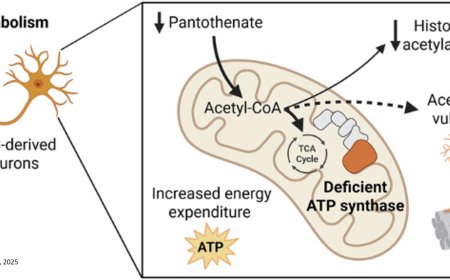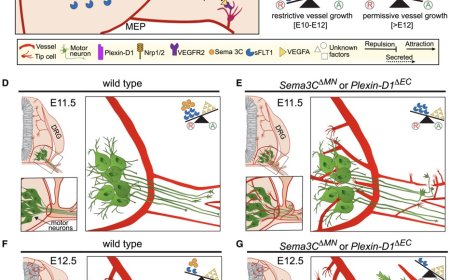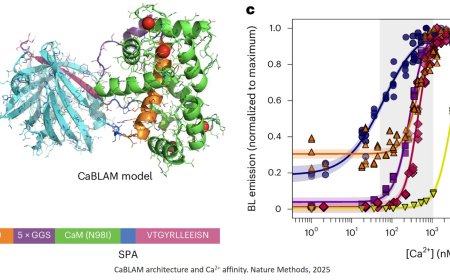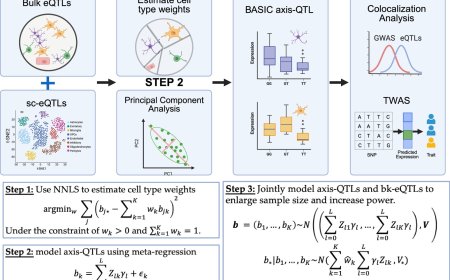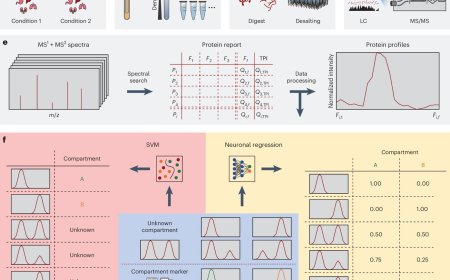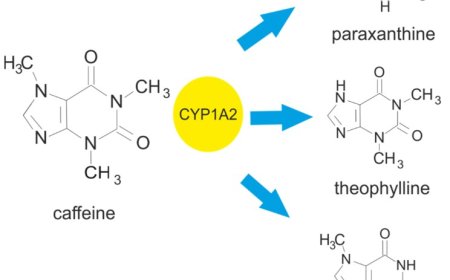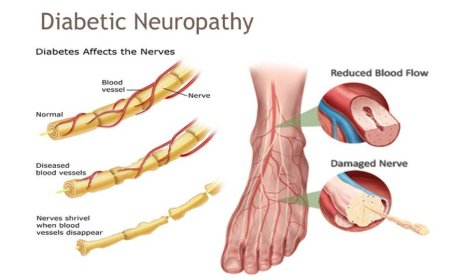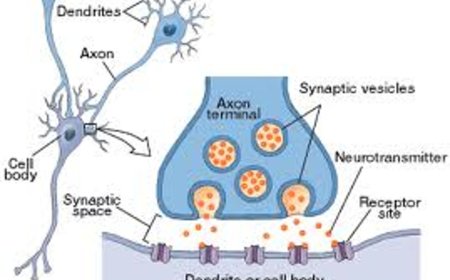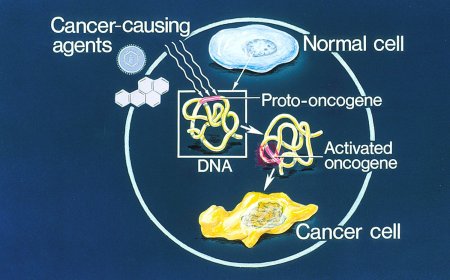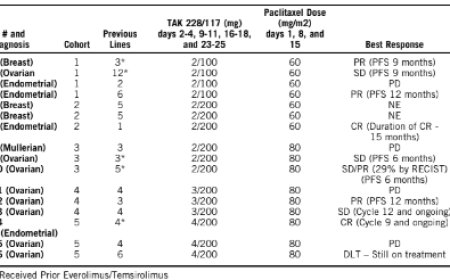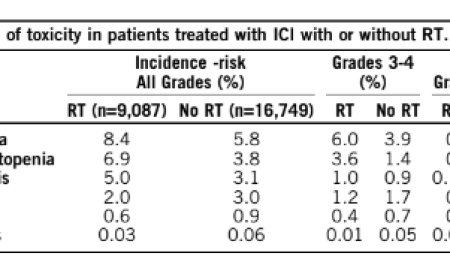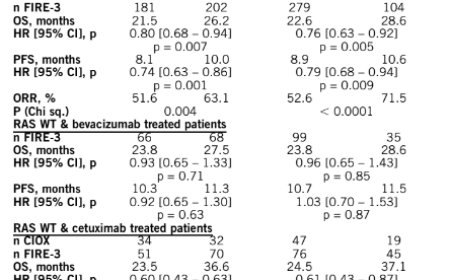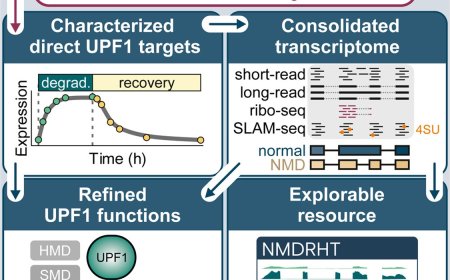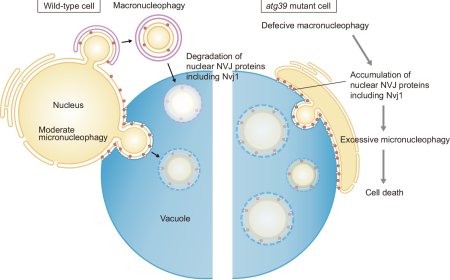Protein droplets in the nucleus guard against cancer
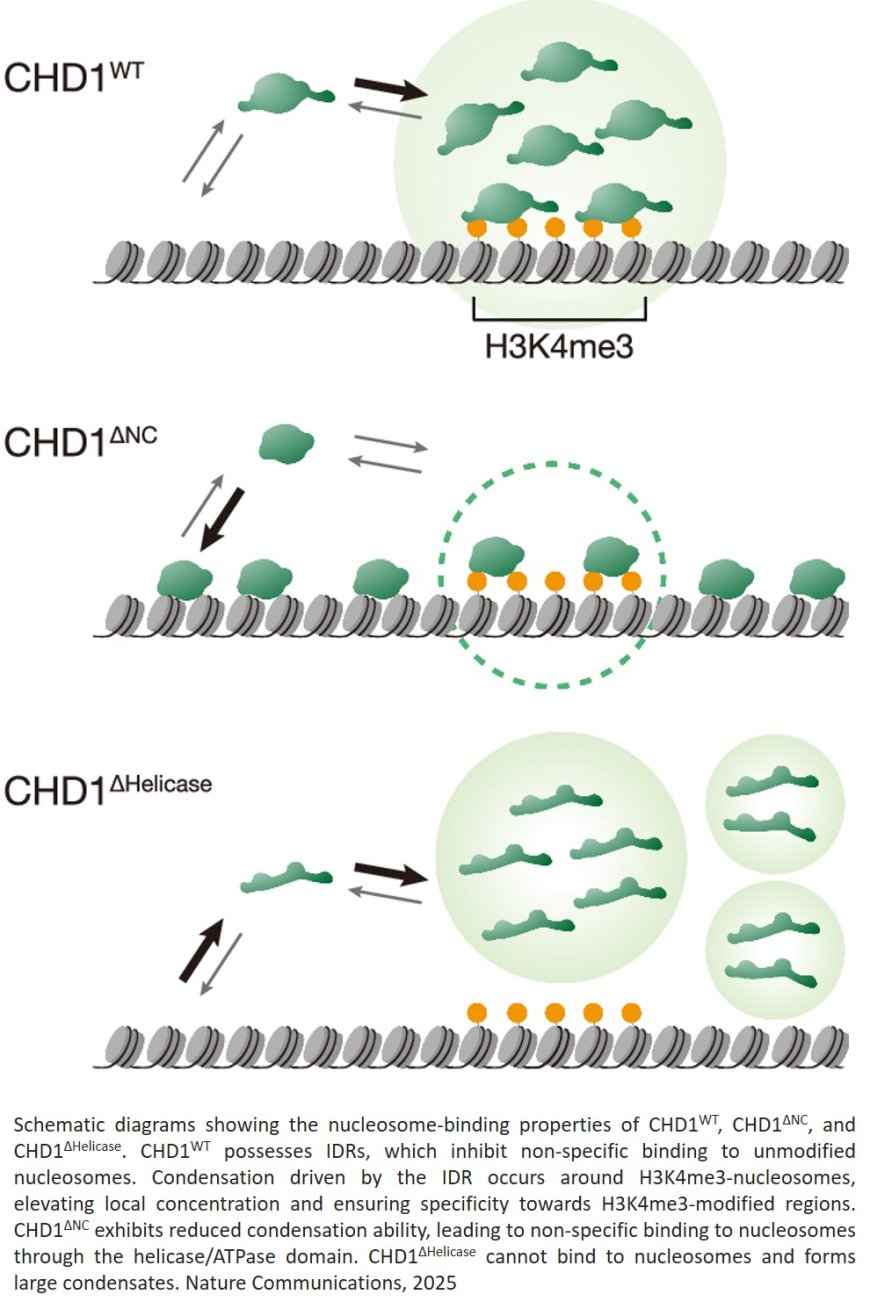
Scientists have discovered how a gene-regulating protein forms tiny liquid-like droplets inside the cell nucleus (the compartment that stores and manages DNA) to guard against cancer. Their study, published in Nature Communications, shows that these protein droplets act as control centers that keep tumor-suppressor genes switched on.
Our genetic material is tightly packed inside the cell nucleus, wrapped around proteins called histones. To keep the right genes active, cells rely on proteins like CHD1, which reorganize this DNA structure when needed.
The team discovered that CHD1 uses a flexible region to form tiny liquid-like droplets, called condensates, that act as hubs for controlling the activity of crucial cancer-guarding genes. These condensates help bring together DNA, RNA, and regulatory proteins to keep tumor-suppressor genes functioning properly.
Normally, CHD1 condensates act as hubs that guard tumor-suppressor genes. But this protective system can break down. A cancer-associated mutation known as E1321fs deletes part of CHD1’s structure that is essential for forming condensates. Without these droplets, CHD1 cannot properly regulate key tumor-suppressor genes, including TP53 and CDKN1B.
As a result, cells carrying this mutation lose an important layer of defense and become more vulnerable to uncontrolled growth and cancer development.
To investigate this mechanism, the researchers combined state-of-the-art imaging and molecular biology tools:
· High-speed atomic force microscopy (HS-AFM): captured how CHD1 proteins interact with DNA and assemble into condensates at the nanoscale.
· Droplet assays: tested how CHD1 forms condensates in the presence of DNA, RNA, and nucleosomes.
· Confocal microscopy: visualized condensate formation in living cells, comparing normal CHD1 with the mutant form.
· CRISPR-Cas9 genome editing: engineered human cells carrying the E1321fs mutation to track its impact on tumor-suppressor genes.
· Mouse experiments: showed that restoring the missing part of CHD1 reactivated condensate formation and reduced tumor growth.
Together, these experiments revealed how condensate failure leads directly to a breakdown in cancer protection.
The team also mapped how CHD1 droplets interact with other molecules. They found that the condensates attract RNAs and epigenetic regulators such as the MLL complex, another system often disrupted in cancers. This suggests that CHD1 droplets serve as molecular gathering points to coordinate multiple layers of tumor suppression.
“Our findings reveal a new way in which cells guard themselves against cancer,” says the author. “By showing how this protein organizes DNA into droplets that keep tumor-suppressor genes active, we hope to open up new possibilities for cancer therapies that target condensate dynamics.”
While this study establishes that condensate failure can drive cancer, several questions remain. The team notes that it is still unclear which sequences within CHD1 drive condensation and how condensate size and concentration are regulated inside living cells.
https://www.nature.com/articles/s41467-025-64655-w
https://sciencemission.com/Condensation-dependent-interactome
